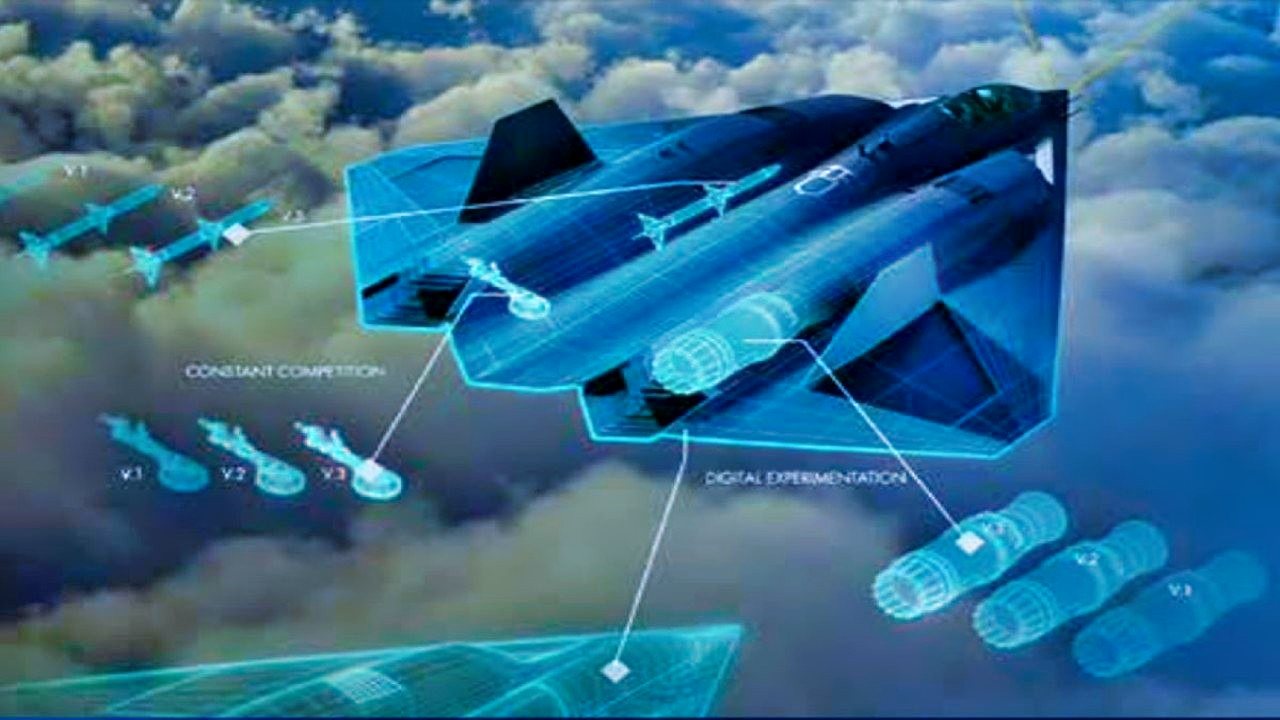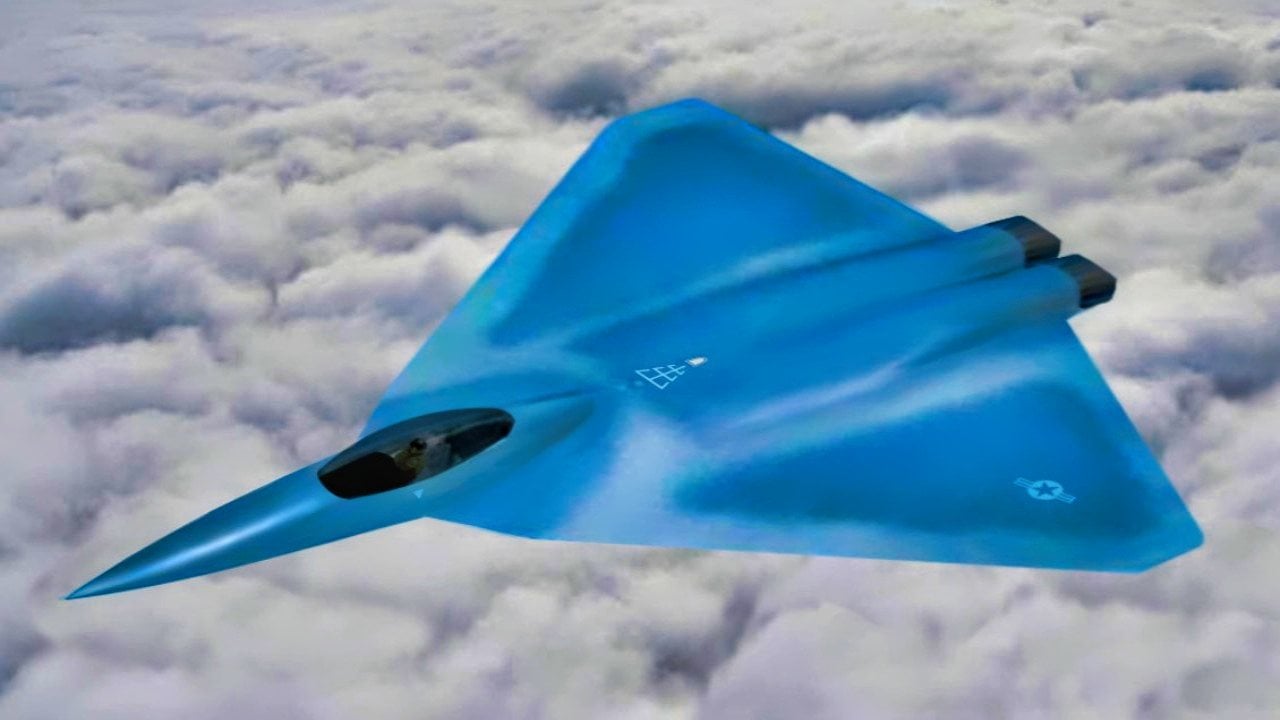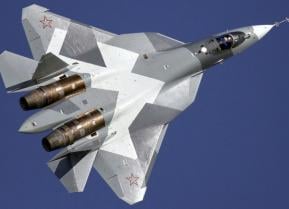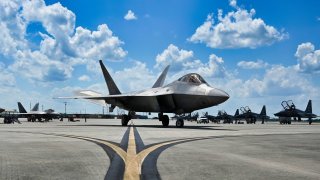X-44 MANTA: The Radical F-22 Fighter Variant That Never Flew
The Lockheed Martin X-44 MANTA (Multi-Axis No-Tail Aircraft) was a conceptual design aimed at testing full yaw, pitch, and roll control without tailplanes, reducing radar signature, and increasing fuel efficiency.
Summary and Key Points: The Lockheed Martin X-44 MANTA (Multi-Axis No-Tail Aircraft) was a conceptual design aimed at testing full yaw, pitch, and roll control without tailplanes, reducing radar signature, and increasing fuel efficiency.

-Derived from the F-22 Raptor, the MANTA featured advanced 3D thrust vectoring for unorthodox maneuvers. Despite its promising design, the project was canceled in 2000 due to lack of funding.
-Elements of the MANTA's design may live on in the Next Generation Air Dominance (NGAD) program, although budgetary concerns could hinder its development. The X-44 MANTA remains a testament to innovative yet unfulfilled aviation concepts.
How the X-44 MANTA Influenced the Future of Air Combat
The race goes on to develop warplanes that can avoid detection, carry heavy payloads, and operate deep within enemy territory. So does the quest to build better anti-aircraft defenses against such planes. These systems were especially prized in the heady days of the Cold War.
America would build an incredible new warplane or bomber in response to advances in Soviet anti-aircraft technology. In response, the Soviets would just build a new anti-aircraft capability negating whatever advances the Americans made (and vice-versa).
The U.S. may have developed the F-15 and F-16, but the Soviets responded with two excellent fighters of their own, the Mikoyan MiG-29 Fulcrum and the Sukhoi Su-27 Flanker.
So even though the F-15 and F-16 were relatively new planes at the time, the U.S. Air Force began looking for replacements in the 1980s. Under the Advanced Tactical Fighter program, the Air Force began developing a fifth-generation air superiority warplane.
The F-22 made its maiden flight in the 1990s. The rest, as they say, is history. But in the design process, leaders of the program envisioned creating a radically different variant of the F-22, which was already ahead of its time. By the way, this is how real innovation happens. Rarely is it linear.
Hence, the X-44 MANTA.
The MANTA
The Lockheed Martin X-44 MANTA (Multi-Axis No-Tail Aircraft) was a conceptual aircraft design that aimed to test the feasibility of full yaw, pitch, and roll authority without tailplanes (horizontal or vertical). The project was studied by NASA and the Air Force, with plans to demonstrate the technology on either an F-22 Raptor or an F-15. The program was, however, canceled in 2000 due to lack of funding.
MANTA relied on what is known as 3D thrust for its control and maneuverability. It was designed to reduce radar signature and increase fuel efficiency by eliminating any tail and rudder surfaces. Designers derived the aircraft from the F-22 Raptor, even using the same engine and fuselage.
Only one prototype of this unique warbird was planned. Sadly, this unorthodox craft never squawked beyond the drawing board. The aircraft was a purely experimental project.
Because it was derived from an F-22, it could have carried a variety of weapons internally – also taking advantage of its broad fuselage to accommodate a larger payload capacity than the Raptor.
Pratt & Whitney provided turbofan engines with thrust vectoring nozzles. Thus the plane would have been able to make, shall we say, highly unorthodox maneuvers while in flight. It was believed this plane would have been able to reach speeds of 1,500 miles per hour, while enjoying an operational ceiling of 49,000 feet.
Again, these specifications are based on projections, since the aircraft was never built or tested. It is likely that its actual performance would have been different.
MANTA Lives On?
MANTA’s memory may be living on in the Air Force’s proposed Next Generation Air Dominance (NGAD) program. Like the MANTA, the planned sixth-generation warplane purportedly has a tailless design and other advanced technologies that are likely from the X-44. Indeed, the likelihood is profound that the canceled MANTA is the true originator of the theoretical NGAD program – or at least the program’s manned plane portion.
Sadly, the NGAD may meet a fate similar to the X-44 MANTA’s. Due to budgetary concerns (the manned aircraft costs a projected $300 million per plane), the NGAD is unlikely to ever fly as the Air Force envisions. Some ideas are too expensive to be practical.

The F-22 Raptor remains the most advanced warplane in this world even though it has flown for decades. It makes little sense to continue blowing limited funds on birds that will never fly when the United States is blessed to have a fleet of F-22s. Prioritize and modernize that fleet.
Author Experience and Expertise: Brandon J. Weichert
Brandon J. Weichert, a National Interest national security analyst, is a former Congressional staffer and geopolitical analyst who is a contributor at The Washington Times, the Asia Times, and The-Pipeline. He is the author of Winning Space: How America Remains a Superpower, Biohacked: China’s Race to Control Life, and The Shadow War: Iran’s Quest for Supremacy. His next book, A Disaster of Our Own Making: How the West Lost Ukraine, is due October 22 from Encounter Books. Weichert can be followed via Twitter @WeTheBrandon.
All images are Creative Commons or Shutterstock.
From the Vault
Russia Freaked Out: Why the U.S. Navy 'Unretired' the Iowa-Class Battleships
Battleship vs. Battlecruiser: Iowa-Class vs. Russia's Kirov-Class (Who Wins?)


